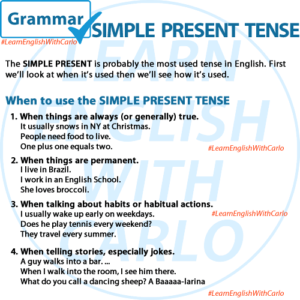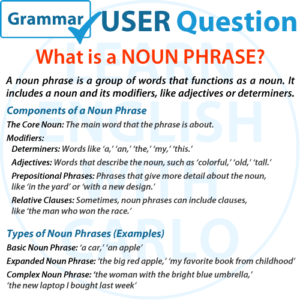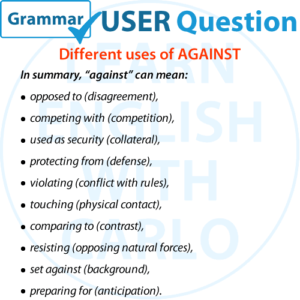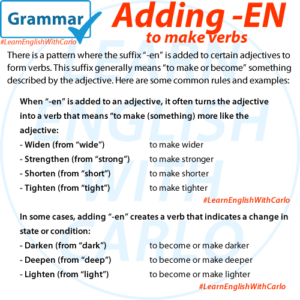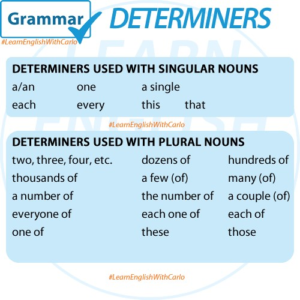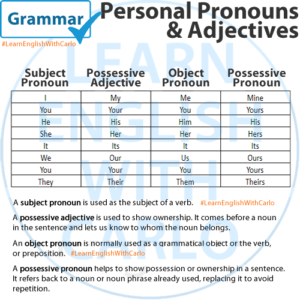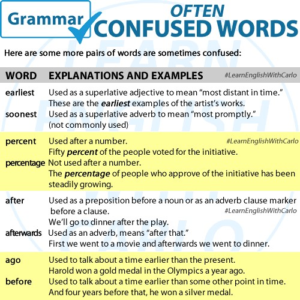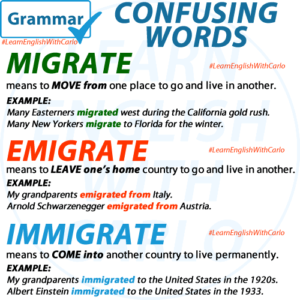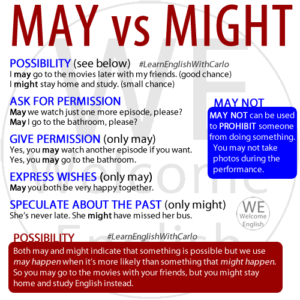The SIMPLE PRESENT is probably the most used tense in English. First, we’ll look at when it’s used then we’ll see how it’s used. When to use the SIMPLE PRESENT TENSE 1. When things are always (or generally) true.It usually snows in NY at Christmas.People need food to live.One plus one equals two. 2. When …
Category: GRAMMAR
Permanent link to this article: https://englishyourway.com.br/grammar-simple-present-tense-2/
Nov 12
Mastering the Differences: Below, Beneath, Underneath, and Under
The English language often offers several words to convey similar meanings, each with subtle distinctions that can add depth to our communication. Words like below, beneath, underneath, and under all suggest a lower position, but each carries its unique nuance. In this post, we’ll explore these differences with clear definitions, examples, and usage tips. 1. …
Permanent link to this article: https://englishyourway.com.br/mastering-the-differences-below-beneath-underneath-and-under/
Nov 07
Understanding Noun Phrases in English
When you’re learning English, understanding the structure of sentences is essential. One important part of many sentences is a noun phrase. In this post, we’ll break down what noun phrases are, how they’re used, and give you some examples to help you recognize and create your own. What Is a Noun Phrase? A noun phrase …
Permanent link to this article: https://englishyourway.com.br/understanding-noun-phrases-in-english/
Oct 31
The uses of AGAINST
Permanent link to this article: https://englishyourway.com.br/the-uses-of-against/
Oct 16
Turning Adjectives into Verbs with “-en”
In English, some adjectives can be turned into verbs by adding the suffix -en. These verbs usually indicate the process of becoming or making something have the quality described by the adjective. Understanding how and when to use -en to form verbs can greatly expand your vocabulary and improve your communication skills. How Does It …
Permanent link to this article: https://englishyourway.com.br/turning-adjectives-into-verbs-with-en/
Oct 12
GRAMMAR – Determiners
Determiners are words that come before a noun to clarify what the noun refers to. They help specify whether we’re talking about something specific or general, countable or uncountable, and they can show possession, quantity, or definiteness. Mastering the use of determiners is key to sounding more fluent and accurate in English. Types of Determiners …
Permanent link to this article: https://englishyourway.com.br/grammar-determiners/
Oct 11
GRAMMAR – Pronouns (and adjectives)
Personal pronouns and possessive adjectives are essential elements of English grammar. They help us talk about people, things, and ownership without repeating the same nouns over and over again. In this post, we’ll explore five key types: subject pronouns, object pronouns, possessive adjectives, possessive pronouns, and reflexive pronouns. Understanding how to use each one correctly …
Permanent link to this article: https://englishyourway.com.br/grammar-pronouns-and-adjectives/
Permanent link to this article: https://englishyourway.com.br/grammar-more-confusing-words/
Permanent link to this article: https://englishyourway.com.br/grammar-migrate-vs-emigrate-vs-immigrate/
Oct 02
May vs. Might: Understanding the Difference
In English, both may and might are modal verbs used to indicate possibility. However, they aren’t interchangeable in all situations. Knowing when to use each one can improve the accuracy and clarity of your communication. May: A Stronger Possibility May is often used when something is more likely to happen. When we say something may …
Permanent link to this article: https://englishyourway.com.br/may-vs-might-difference/

